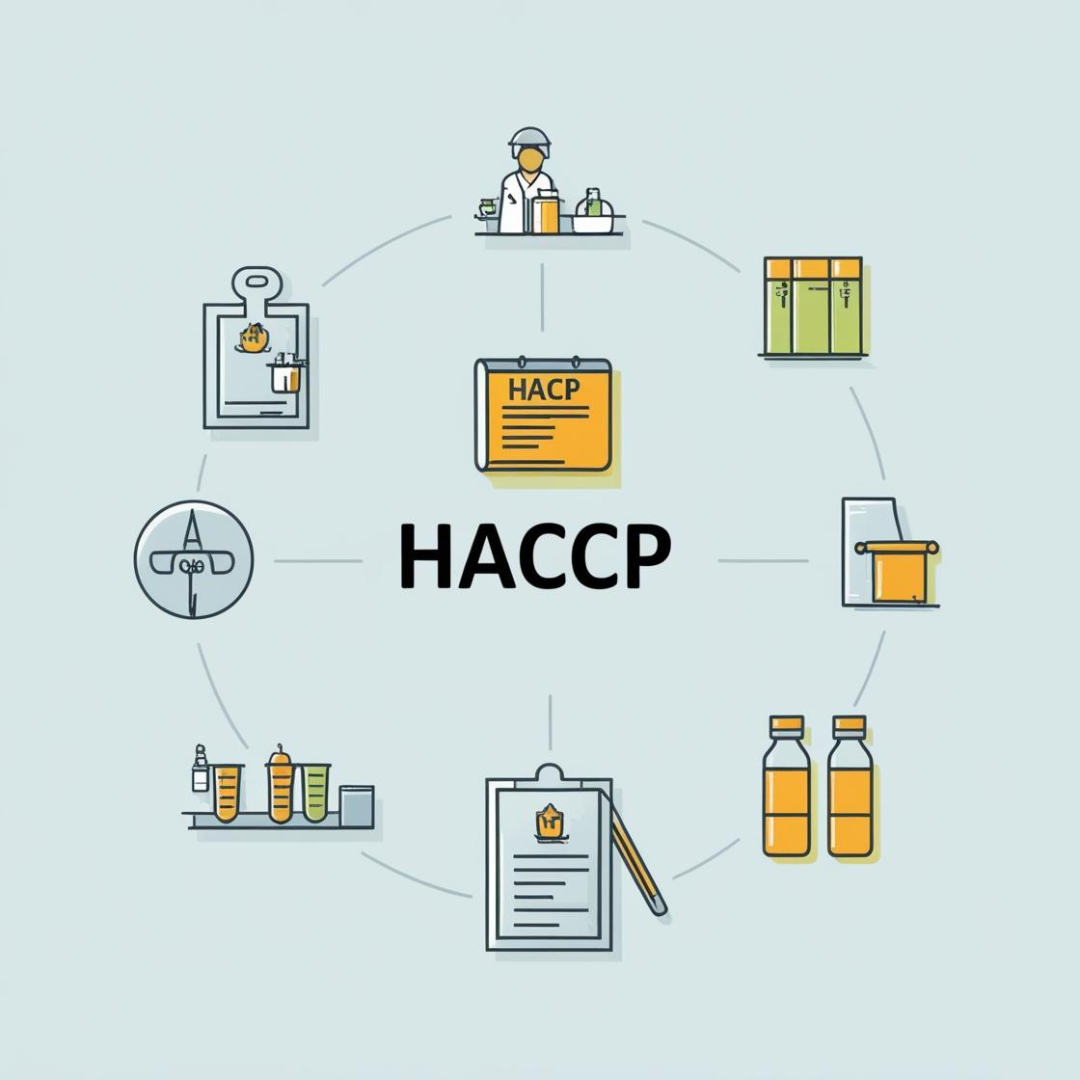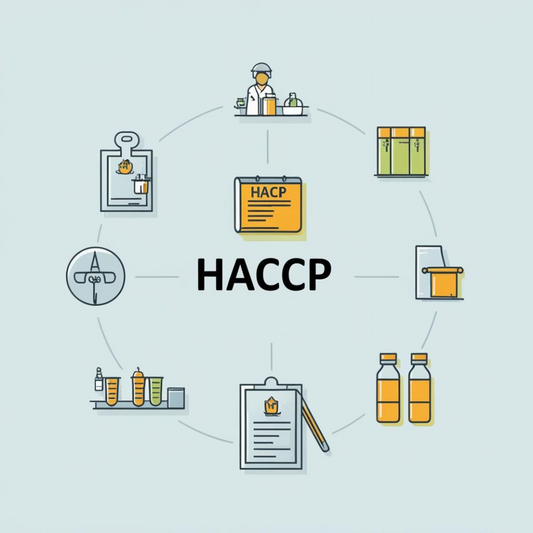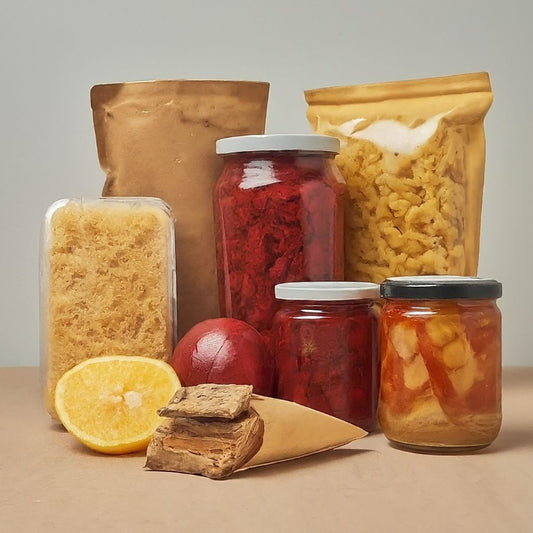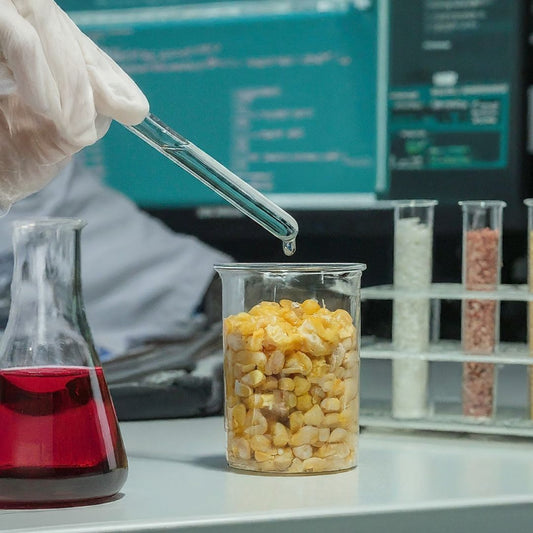🌿 Photosynthetic Microbial Foods – The Future of Sustainable Nutrition
Share
As our planet faces population growth, shrinking farmland, and climate instability, scientists are rethinking how food can be produced — not from soil or animals, but from light, air, and microbes.
This concept is called Photosynthetic Microbial Food Production, and it’s rapidly gaining attention in the world of food science and biotechnology.
🔹 What Are Photosynthetic Microbial Foods?
Photosynthetic microbial foods are made from microorganisms like microalgae and cyanobacteria that use sunlight, carbon dioxide, and water to create nutrients.
Unlike traditional crops, they don’t need fertile land or synthetic fertilizers. Instead, they grow in bioreactors or controlled ponds, transforming CO₂ into proteins, vitamins, and essential fatty acids — all while releasing oxygen back into the environment.
Think of it as photosynthesis turned into food manufacturing. 🌞
🔹 How It Works
1. Light Capture: Microbes absorb sunlight using chlorophyll-like pigments.
2. CO₂ Conversion: They use CO₂ and water to produce organic matter through photosynthesis.
3. Biomass Growth: The resulting biomass is rich in proteins, healthy fats, and pigments.
4. Harvesting: This biomass is dried or processed into powders, oils, or food ingredients.
This closed-loop system can operate anywhere — even in deserts, cities, or outer space.
🔹 Benefits of Photosynthetic Microbial Foods
✅ Resource Efficiency:
They use 90–95% less land and water than conventional agriculture.
✅ High Nutrient Density:
Rich in protein (up to 70%), vitamins (especially B12), omega-3 fatty acids, and antioxidants.
✅ Carbon Negative:
By consuming CO₂ during growth, these microbes help mitigate greenhouse gases.
✅ Fast Growth:
Unlike crops that take months, microbial cultures can double their mass in a few hours.
✅ Food Security:
They can be cultivated in any environment — urban rooftops, deserts, or even in space.
🔹 Real-Time Examples
🌍 1. Solar Foods (Finland) – Solein
Solar Foods developed “Solein,” a protein powder made by feeding microbes with CO₂, water, and renewable electricity.
It looks like wheat flour, tastes mild, and can be added to foods like bread, yogurt, and plant-based meat.
Solein uses 1/100th of the land needed for traditional protein sources and emits zero agricultural waste.
🌊 2. Algama Foods (France) – Microalgae Products
Algama uses spirulina and chlorella to make nutrient-rich ingredients for beverages and snacks.
Their innovation shows that microalgae can enhance nutrition naturally without artificial fortification.
🍃 3. Lumen Bioscience (USA)
Developing genetically optimized cyanobacteria to produce edible proteins and vitamins directly through photosynthesis.
They are working on scaling up bioreactors to create low-cost, climate-positive foods.
🇮🇳 4. Spirulina Farms in India
In Tamil Nadu and Rajasthan, small-scale spirulina farms supply nutrient-rich powders used in energy bars, nutraceuticals, and mid-day meal programs, improving child nutrition sustainably.
🔹 Future Applications
🚀 Space Missions: NASA and ESA are testing microalgae systems to feed astronauts using light and recycled air.
🏙️ Urban Food Systems: Rooftop photobioreactors could produce daily protein needs in cities.
🌾 Climate-Resilient Food Chains: Enables local protein production even in extreme drought or poor soil conditions.
🔹 Why It Matters
Photosynthetic microbial foods represent a bridge between biotechnology and sustainability.
They promise to:
Reduce pressure on farmland and water
Cut emissions from livestock and fertilizers
Create clean, high-protein, low-impact food sources
In the near future, your breakfast cereal, smoothie, or even chocolate could contain protein grown from sunlight and CO₂ — a truly revolutionary step in food production.





